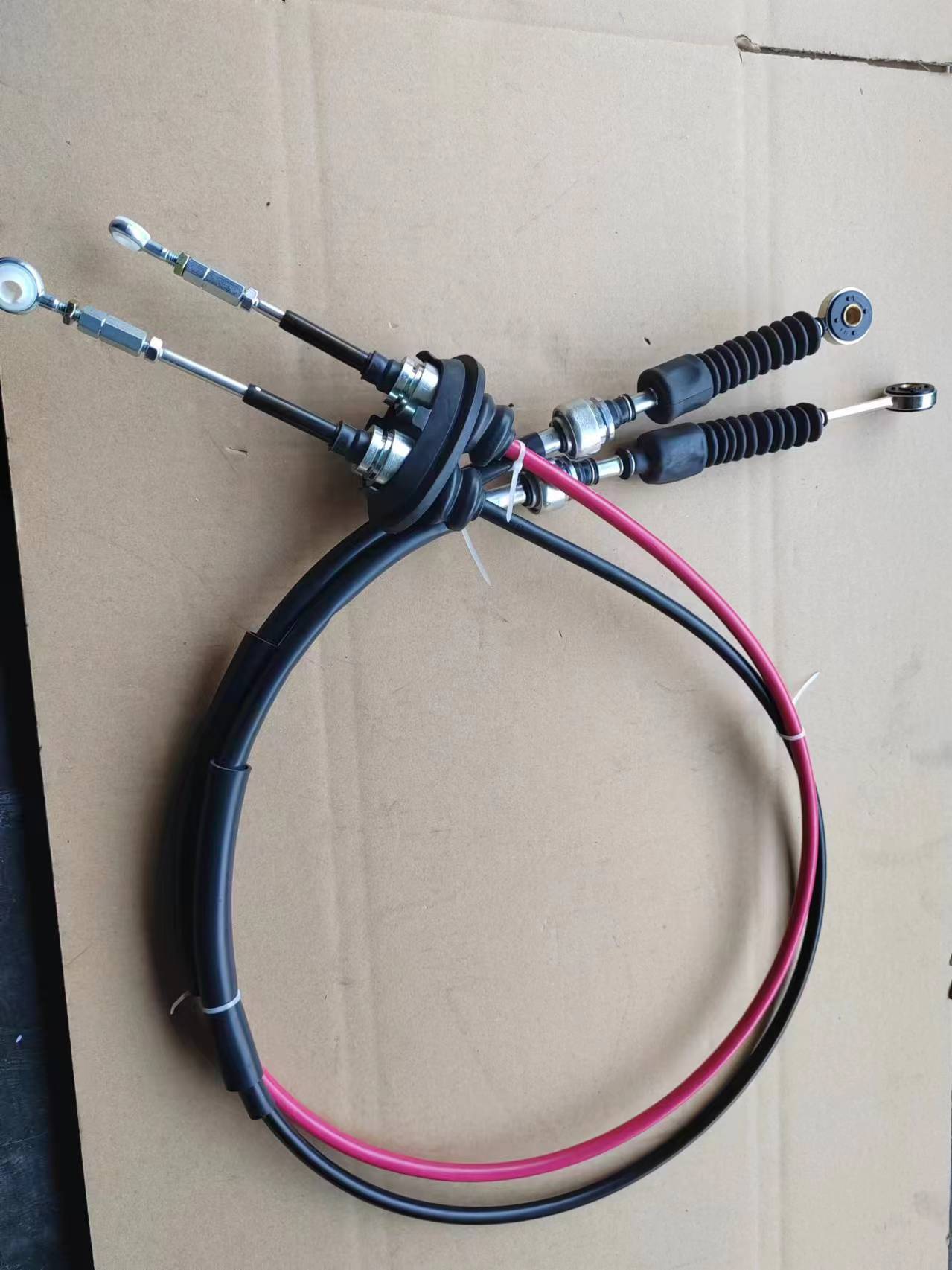rear handbrake cable
Understanding the Rear Handbrake Cable A Crucial Component of Your Vehicle
The rear handbrake cable, often referred to as the emergency brake or parking brake cable, is a vital part of any vehicle's braking system. While many drivers may not think about it regularly, this component plays a crucial role in ensuring the safety and functionality of your car, particularly when parked. Understanding its purpose, function, and maintenance can help ensure your vehicle operates smoothly and safely.
What is the Rear Handbrake Cable?
The rear handbrake cable connects the handbrake lever in the car's interior to the braking mechanism on the rear wheels. When the driver pulls the handbrake lever, the cable is pulled taut, which engages the brakes on the rear wheels. This action secures the vehicle in place, preventing it from rolling away when parked. The design of this cable system emphasizes simplicity and effectiveness, making it an easy-to-use feature for drivers.
Importance of the Rear Handbrake Cable
The rear handbrake cable is essential for several reasons
1. Safety The primary function of the handbrake is to secure the vehicle when parked. It is especially crucial on inclines where a regular gear shift may not hold the vehicle in place.
2. Control In situations where the primary braking system fails or becomes compromised, the handbrake serves as an additional measure to slow down or bring the car to a stop.
3. Vehicle Compliance Many regions have specific laws regarding parking brake functionality. Having a properly functioning rear handbrake cable ensures compliance with these regulations, avoiding potential fines or legal issues.
Signs of Worn or Damaged Cables
Over time, the rear handbrake cable can experience wear and tear, leading to potential safety hazards. Here are some signs that your handbrake cable may need inspection or replacement
- Increased Pull Force If you find yourself pulling harder than usual to engage the handbrake, the cable may be fraying or have become stretched
.rear handbrake cable

- Ineffective Braking A handbrake that fails to hold the vehicle in place when engaged is a clear sign that the cable is not functioning correctly.
- Visual Damage Frequent checks for frays, rust, or any visible damage to the cable can help catch issues before they escalate.
- Unusual Noises If you hear squeaking, grinding, or any unusual sounds when applying the handbrake, it might be indicative of a problem within the cable or its associated components.
Maintenance Tips
To ensure the longevity of your rear handbrake cable, consider incorporating these maintenance habits into your routine
1. Regular Inspections Periodically check the handbrake cable for any signs of wear. Look for fraying, rust, or any irregularities in the cable housing.
2. Lubrication Applying a suitable lubricant can help prevent the cable from seizing and can improve its function.
3. Prompt Repairs If you notice any signs of damage, don’t delay in getting the handbrake cable inspected and replaced if necessary. Ignoring these signs can lead to more substantial issues, affecting your vehicle's safety.
4. Professional Servicing If you're unsure about the condition of your handbrake cable, it’s best to have a qualified mechanic assess its status during routine vehicle checks.
Conclusion
The rear handbrake cable may seem like a simple component, but its role in vehicle safety and functionality is indispensable. By understanding its importance, recognizing signs of wear, and committing to regular maintenance, drivers can enhance their vehicle's performance and safety. Always prioritize the health of your braking system, as it is key to ensuring a safe driving experience.
-
Upgrade Your Control with Premium Throttle CablesNewsAug.08,2025
-
Stay in Control with Premium Hand Brake CablesNewsAug.08,2025
-
Experience Unmatched Performance with Our Clutch HosesNewsAug.08,2025
-
Ensure Safety and Reliability with Premium Handbrake CablesNewsAug.08,2025
-
Enhance Your Vehicle with High-Performance Clutch LinesNewsAug.08,2025
-
Elevate Your Ride with Premium Gear CablesNewsAug.08,2025
